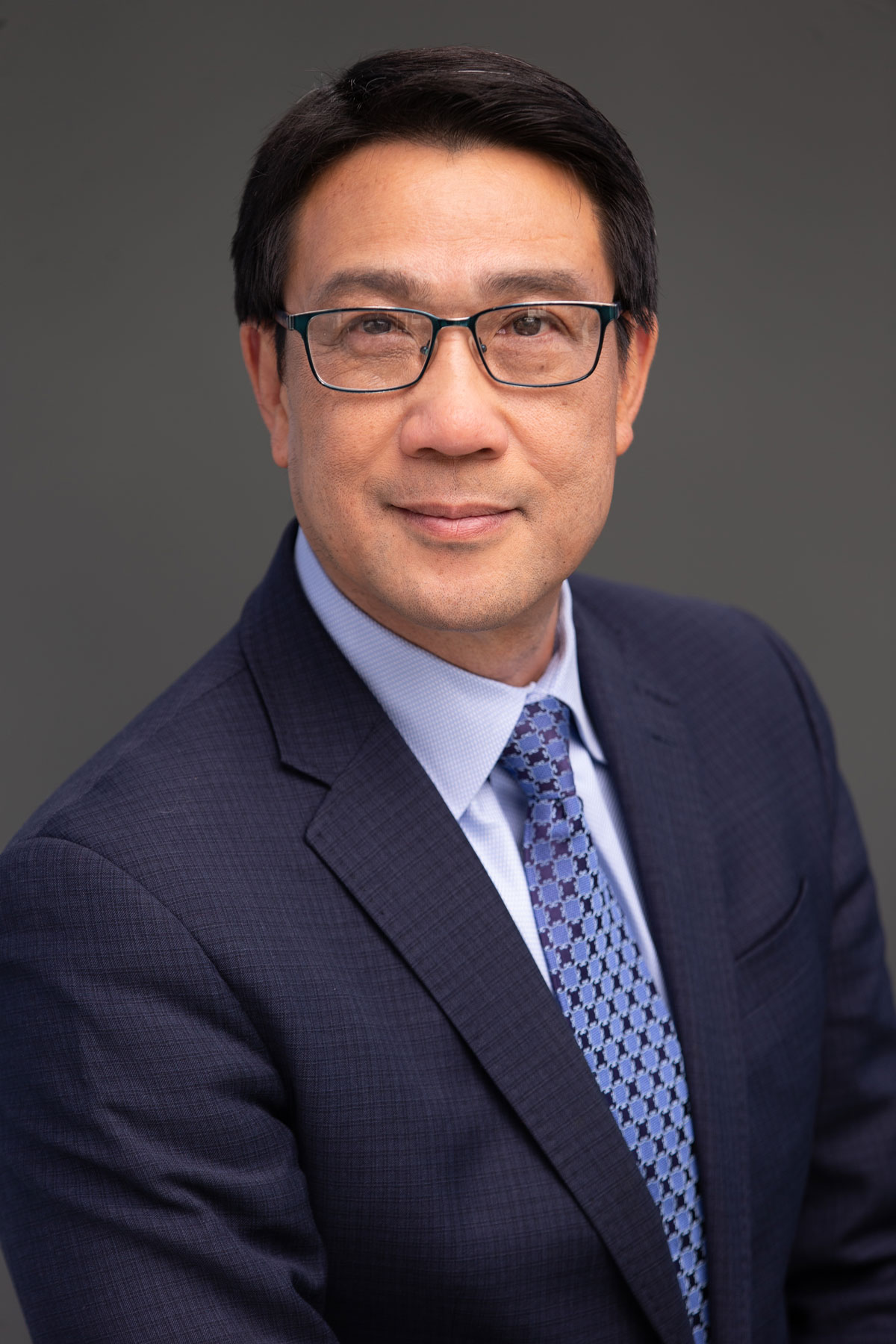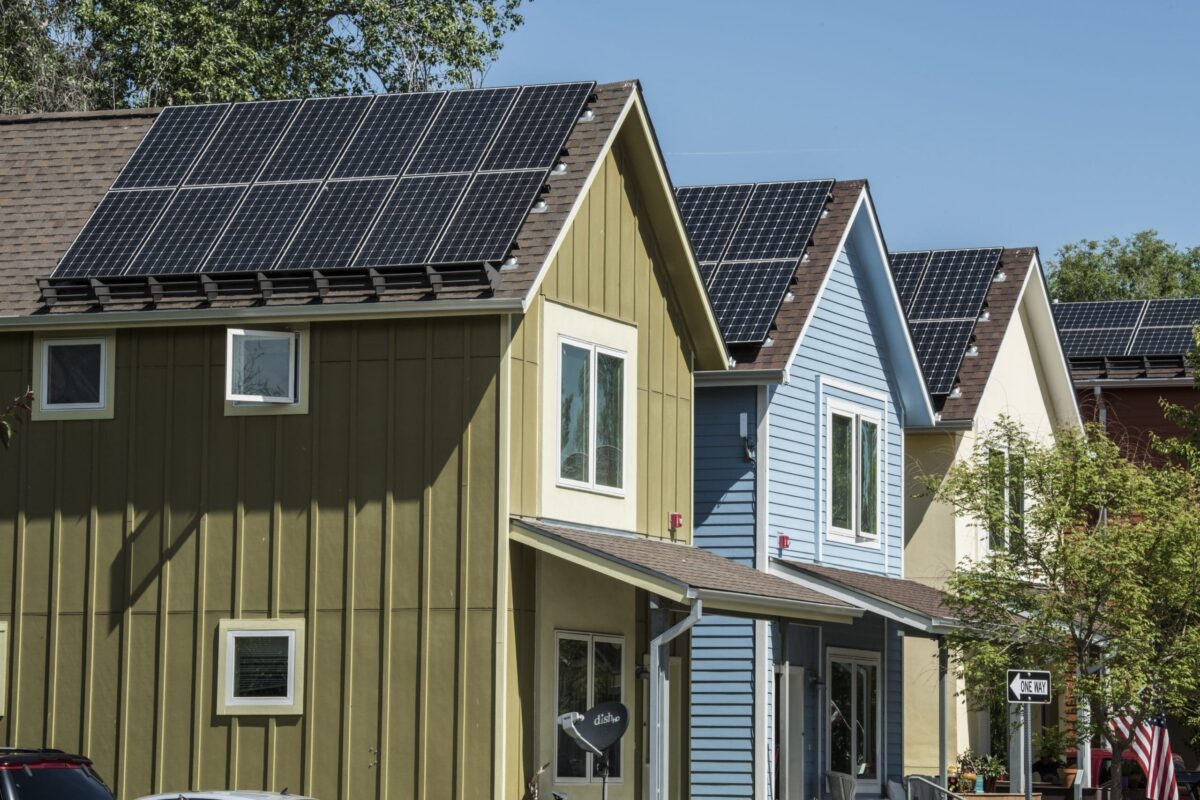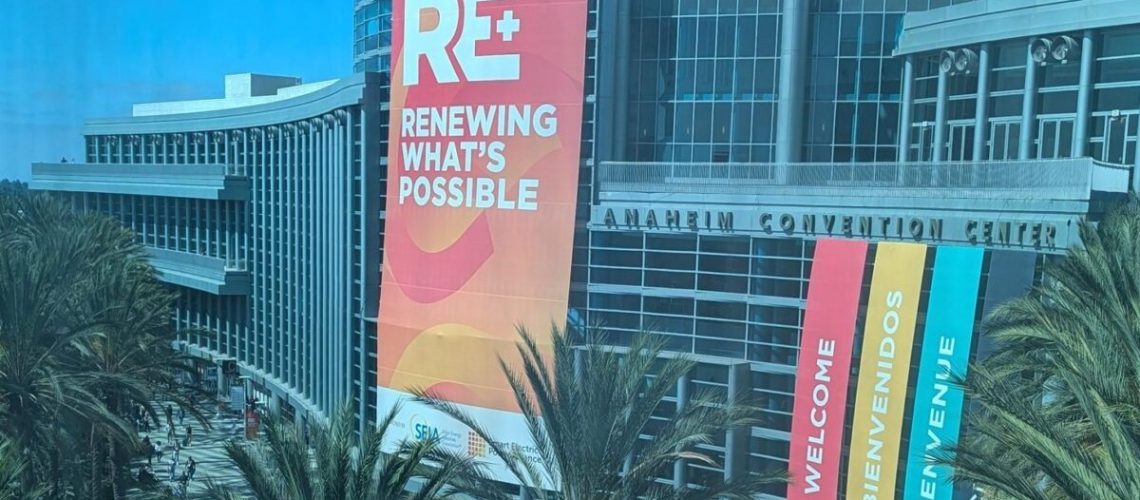pv magazine USA spoke with Sheri Givens and Paul Lau on the occasion of the 20th anniversary of RE+, which has evolved into the largest energy event in North America.
SEPA has been a part of that evolution, partnering with SEIA on RE+ for the past two decades. Tell us about SEPA’s own evolution — originally called the Utility Photovoltaic Group in 1992, shifting to the Solar Electric Power Association in 2004, and becoming the Smart Electric Power Alliance in 2016 — what is reflected in the latest name change?
Sheri: SEPA’s 2016 name change from the Solar Electric Power Association to the Smart Electric Power Alliance reflects our expanded mission and the overall energy sector’s transformation. Originally focused on solar, we now embrace the many decarbonization pathways necessary for the electric system to achieve its clean energy goals. Our organization’s name captures our expanded scope, encompassing our strategic focus areas – resilience, energy storage, transportation, emerging technology, policy, and energy equity – aligning with the industry’s shift towards an interconnected, adaptive energy system. Our diverse membership of over 1,000 organizations, entities, and companies, including regulators, policymakers, utilities, corporations, nonprofits, consumer advocates, and customers, supports this evolution and the key stakeholders advancing the clean energy transition through our meetings, publications, projects, guidance, and more.
Once the industry’s “best-kept secret,” SEPA is now a leading convener, uniting diverse stakeholders to advance carbon-free solutions. We facilitate collaboration, develop innovative strategies, and guide regulatory and business innovation for our members and partners.

Paul: SEPA and SMUD have evolved side by side. Decades ago, SMUD was involved in the Utility PhotoVoltaic Group (UPVG), the precursor to SEPA, and pioneered solar technology with the world’s largest distributed PV power system and other related projects, funded by a joint endeavor with the Department of Energy. We developed the expertise to integrate PV as distributed generation into the utility system and fostered collaborative efforts to reduce PV costs. Our vision parallels SEPA’s, whose focus on going beyond solar led to the integration of various renewable energy resources and technologies. We became a founding member of the Solar Electric Power Association, recognizing the industry’s shift toward a more distributed future.
SMUD has strategically embraced distributed energy resources, anticipating their transformative impact on the industry. In 2015, we created SMUD’s first Distributed Energy Strategy, and our work with Black & Veatch on this transition was highlighted by SEPA in 2017 for identifying trends in utility planning practices. This provided a framework for utilities to manage DERs through a proactive planning process.
SEPA’s holistic approach to transforming the energy landscape, promoting innovation, and facilitating the transition to a sustainable and resilient energy future remains relevant today. As leaders in the utility sector, we must leverage all available tools in our clean energy toolbox to achieve our ambitious goals. Together, SMUD and SEPA will continue to drive forward, ensuring that our collective efforts lead to a cleaner, more sustainable future for all.
Q. Part of SEPA’s mission is to promote the adoption of clean energy at the distributed and utility scale, while also ensuring that all can take part in the energy transformation. What does it mean to bring clean energy to all, and tell us about key efforts that are making positive change in that direction.
Sheri: The energy system of the future must deploy energy responsibly, reliably and equitably. To achieve this vision, we must collectively redefine our metrics for success, placing a strong emphasis on accessibility, transparency, affordability, and inclusive decision-making. SEPA is developing strategies to bridge the gap between utilities, regulators, and the communities that they serve. We are working with these stakeholders to develop inclusive and accessible programs, business models, and processes. We are also leveraging clean energy projects and technologies as vehicles to create regenerative economic opportunities.
Change is challenging, especially when it needs to occur at the local, regional, state, national, and global scale. But change also represents opportunity. This global movement to create a carbon-free energy system is an ideal opportunity to shift to a new paradigm for how the energy industry can work hand-in-hand with strategies that improve health and education, reduce inequality, and spur economic growth.
SEPA aims to operationalize equity both internally within our organization and externally within our members’. In our 2023 report, “Embedding Equity in Utility Transformation,” we compiled a list of recommendations in order to address equity from three different lenses: structural equity, procedural equity, and distributional equity. Achieving an equitable and clean energy future requires policy and organizational changes, and though challenging, it is imperative.
Our initiatives, such as the SEPA Power Player Awards and the SEPA Snapshots market intelligence program, highlight and support projects and policies that not only prioritize inclusivity and equitable access but increase meaningful community engagement. We want to promote real examples of organizations embedding energy equity and inclusion across the industry to demonstrate scalability and educate stakeholders on best practices.
In fact, the Sacramento Municipal Utility District (SMUD), received the 2024 Energy Equity Power Player Award for their Sustainable Communities Resource Priorities Map and the Community Impact Plan. These resources address energy inequities and aim to benefit all communities in Sacramento by improving health, creating jobs, and fostering resilience to climate change. Additionally, SMUD is working to develop a diverse, inclusive future workforce in clean energy and related fields. We are proud to highlight the innovative and creative approaches across the industry that are creating mission-impact.
We celebrated the Power Player Awards in concurrence with our inaugural SEPA Energy Evolution Summit – an event that brings together leaders from across the energy sector to engage in candid conversations around some of the greatest opportunities and challenges the industry is facing. By facilitating open dialogue and sharing knowledge, we are able to develop and implement strategies that ensure everyone benefits from the clean energy transition and everyone has access to clean energy.
Paul: Bringing clean energy to all means ensuring equitable access to the benefits of the energy transformation, such as clean air, lower energy costs, and new economic opportunities. At SMUD, we are committed to making sure no community is left behind as we move toward a zero-carbon future.
Our 2030 Zero Carbon Plan exemplifies this commitment. We partner with a variety of stakeholders, from regulators and private companies to community organizations to educational institutions, to ensure that everyone can participate and benefit. For example, we’ve launched numerous programs to support electrification and renewable energy adoption in overlooked communities. We collaborate with over 130 community organizations to bring energy efficiency and electrification to low-income areas, partner with the California Energy Commission and the Center of Sustainable Energy to distribute incentives for public EV charging and develop residential managed charging pilots. Additionally, we invest significantly in residential and commercial building electrification and energy-efficiency programs, with a budget of around $46 million for 2024. We also work with the Wilton Rancheria Tribe of Miwok Indians on workforce training, home electrification, and solar and battery storage integration.
These efforts and others ensure that the many benefits of clean energy are shared across all communities. Our collaborative approach and substantial investments, grants and partnerships are pivotal in delivering a sustainable and equitable clean energy future for everyone.
Q. The clean energy industries have made so much progress and overcome many challenges in twenty years—what’s left to accomplish?
Sheri: Despite the remarkable progress made in the clean energy sector over the past two decades, several significant challenges remain. Key among these is the need to further integrate renewable energy sources into the grid reliably and efficiently, which involves overcoming technical, regulatory, and market barriers. Advancing energy storage solutions and enhancing grid resilience are critical to accommodating higher penetrations of intermittent renewable resources. Additionally, achieving deep decarbonization will require ongoing innovation and the deployment of emerging technologies. It is addressing all of these challenges while ensuring that the benefits of clean energy are distributed equitably that remains a top priority. We must continue to address systemic inequities and work towards an inclusive energy transition where all communities, particularly those historically underserved, have access to clean, affordable, and reliable energy.
While the diverse landscape of state policies can present challenges and delays, it also leaves the door open to innovation and new ideas. And that’s where SEPA comes in. By addressing and understanding policy, regulatory, and technological aspects, non-governmental, and non-profit organizations like SEPA serve as a vital conduit in tackling the global clean energy transition.
SEPA’s resources, such as our market intelligence reports, training programs, and publications, are designed to help energy stakeholders succeed in the rapidly evolving clean energy landscape.
Paul: While we’ve made significant strides in clean energy, there is still much to achieve. We’ve expanded renewable energy sources, modernized the grid and advanced technologies like energy storage and EV infrastructure. We are seeing results from our 2030 Zero Carbon Plan, but there’s plenty of work ahead.
Investing in the transition to a clean energy future is costly, yet we remain dedicated to keeping rates low. Through strategic partnerships, we have secured $330 million in funding and will continue to seek additional opportunities. This financial support has allowed us to maintain some of the lowest rates in California, currently 54% lower than our neighboring utility.
We cannot have equity without affordability. SMUD’s Community Impact Plan focuses on supporting approximately 69,000 residential and 11,000 commercial under-resourced customers, identified using our Sustainable Communities Resource Priorities Map. This includes low- to median-income households and underserved populations. We listened to our community to understand their needs and developed a plan that emphasizes inclusive economic development, attracting new businesses, and creating job opportunities. They emphasized the importance of job opportunities, thriving community networks, workforce development and relevant information for renters, median-income customers and small businesses.
We will further integrate clean energy into all aspects of our grid, ensure equitable access for all communities, and continue to innovate with technologies like Virtual Power Plants, enabling dynamic participation with the grid through customer-owned distributed energy resources. This progress promises cleaner air, job creation, technological advancements and a resilient energy system. By continuing our efforts, we can build a future where no community is left behind, where everyone benefits from a healthier environment and a robust clean energy economy.
Achieving zero carbon with world-class reliability is possible. We are reimagining our approach to reliability given the different technologies involved. Our customers are part of the solution, and we need to make it easy and seamless for them to participate. Our holistic approach also supports climate and biodiversity goals while promoting local prosperity. By bringing everyone along, we can ensure that the benefits of clean energy are shared equitably.
Q: SMUD has set a bold goal of achieving zero carbon in your power supply by 2030. Can you share with us why SMUD decided to take this ambitious path and how you plan to achieve this goal?
Paul: SMUD decided to take this ambitious path because we believe that achieving zero carbon by 2030 is essential for creating a sustainable, healthier future in the Sacramento region and beyond. Our customers and the needs of this community are at the core of every decision we make. That’s why our 2030 Zero Carbon Plan aims to fundamentally change the course of history by delivering cleaner air, job creation and technological advancements. We are achieving this goal by creating a dynamic, resilient energy grid and transformative power systems. Our 2030 Zero Carbon Plan is a road map not just to zero carbon, but to ensure no community is left behind, and everyone benefits from affordable clean energy and the numerous opportunities it affords to multiple generations of SMUD customers. Throughout this journey, we remain committed to upholding our values as a not-for-profit, community-owned organization, continually delivering affordable, clean energy and always bettering the lives of the customers we serve.
Achieving our 2030 Zero Carbon Plan involves several key strategies. During our formulation, SEPA provided invaluable feedback and different perspectives by engaging a range of stakeholders and benchmarking work to help inform our planning of an energy transition. We are reimagining our generation portfolio, repurposing natural gas power plants, expanding renewable energy sources such as wind, solar, and battery storage to reach 90 percent zero emissions. We aim to triple our renewable energy resources and optimize customer-owned resources. Additionally, we are investing in new technologies and business models to address the remaining 10 percent of emissions, exploring innovative solutions like virtual power plants that enable dynamic participation through distributed energy resources. This involves leveraging artificial intelligence, advanced energy storage and microgrids to enhance grid performance and reliability. We are also enhancing our workforce through targeted training and support, particularly in underserved communities.
Our workforce development initiatives and partnerships aim to create a pipeline of skilled workers ready for clean tech jobs. Furthermore, partnerships with regulators, public and private companies, and community organizations and of course, SEPA, are crucial. By continuing these efforts and building on our progress, we can ensure a healthier environment, job creation and technological advancements that benefit all communities, leaving no one behind in the transition to a clean energy future.
Q. This is the 20th anniversary of RE+, an event that has rapidly evolved from its beginnings as Solar Power International. What do you find is most significant in the 20-year evolution of RE+?
Sheri: The most significant aspect of RE+’s 20-year evolution is its tremendous growth in attendees and diversification of focus areas helping it to become North America’s largest energy trade show, building from its solar foundation and expanding to include the significant, transformative shifts in the broader energy landscape. Several key factors are driving remarkable growth: (1) increased investment from both federal and state governments in clean energy technologies to meet climate goals; (2) a holistic approach to integrating diverse technologies for a resilient and sustainable grid; and (3) heightened public interest in clean energy solutions given increasingly extreme weather events and climate change concerns.
All of these factors combined have fueled demand for more innovative solutions and industry collaboration. RE+ has become the perfect platform to gather energy stakeholders for these important discussions and networking opportunities. It is the event for knowledge-sharing, showcasing innovations, and being at the epicenter for collectively driving the clean energy transition forward.
Paul: One of the most notable aspects of RE+’s 20-year evolution is how it has become a vital and trusted resource for education, connection and partnership to tackle one of the most pressing issues of our time – climate change. RE+ has significantly expanded beyond solar to include energy storage, hydrogen, microgrids, EV infrastructure, and wind energy. This expansion has propelled forward more conversations and solutions on diverse clean energy technologies necessary for achieving comprehensive decarbonization.
At SMUD, we recognize that while proven technologies like wind, solar and battery storage can get us 90% of the way to zero emissions, the final 10% requires innovative solutions and new business models. RE+ plays a crucial role in this by fostering partnerships and showcasing emerging technologies that will help us bridge the gap. This platform allows for the exchange of ideas and development of new strategies at a critical moment in our history. The invaluable contributions and collaborations facilitated by RE+ will continue to be instrumental in our journey toward a sustainable and equitable clean energy future.
Popular content




